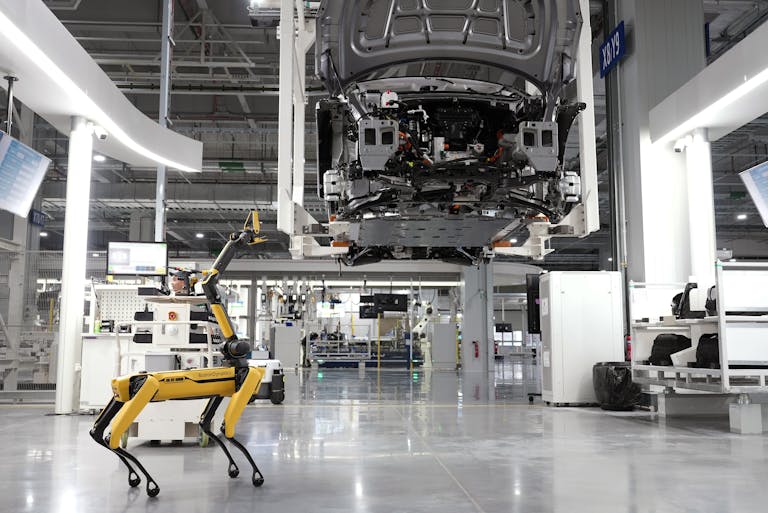Will Translators Be Replaced by AI?
The translation industry has been impacted by automation for a long time. Professional translators have been editing machine-generated text from AI language translation platforms like DeepL and Google Translate for years, and now, large language models have also entered the space as another method for automating translation tasks.
What Is The Automation Risk For Translators?
The automation risk for most translation jobs is incredibly high. Most general-purpose translation tasks can already be completed with AI tools (although with varying accuracy), and the need for human translators is shrinking quickly.
In addition to traditional translation models like DeepL and Google Translate, which continue to see constant improvements, large language models are now being used to automate translation as well. These models can deliver translations that are increasingly accurate, fast, and cost-effective, and effectively completely free when using open-source models.
While AI translation still struggles in certain areas, especially when dealing with context beyond the given text or with casual language and slang, it’s improving rapidly. Support for more languages is growing, and the output continues to get better.
Eventually, as these models improve their ability to handle broader context and language variety, all types of translation will be at risk of full automation. This includes professional documents, books, games, and more. These will be translated into multiple languages instantly, with little or no human input.
Interpretation is also being automated through AI systems that can recognize speech, translate it, and respond in another language in real time. Although this still has limitations with background noise and overlapping conversations, the pace of improvement suggests that real-time interpretation will also face complete automation in the near future.
Recommendations For Translators And Interpreters
In the short term, the best strategy is likely to specialize in fields where mistakes due to AI are unacceptable and human review is still required. These include medical, legal, technical, and political translation. Even here, AI will assist heavily, but humans will still be expected to verify and refine the output (for now).
Language professionals should also consider adjacent roles that are more resistant to automation. For example, language teaching, especially in-person, may remain in demand for learners who prefer to talk to a human instead of AI.
Tour guiding is another option that blends language skills with real-world human interaction, although demand will probably continue to fall as language translation apps continue to improve and tourists’ reliance on interpreters falls.
Ultimately, it’s probably a good idea to start planning a long-term transition into a career that is safer from automation altogether. For suggestions, see this list of automation-resistant jobs: Jobs Safe From Automation in 2025.
Conclusion
AI is rapidly reshaping the translation and interpretation landscape. While human input is still needed in some areas, the trend is clear. As AI tools continue to improve, fewer translators will be needed, and most language tasks will be handled automatically. Those in the field should act now to specialize, adapt, and eventually shift toward more future-proof careers.


